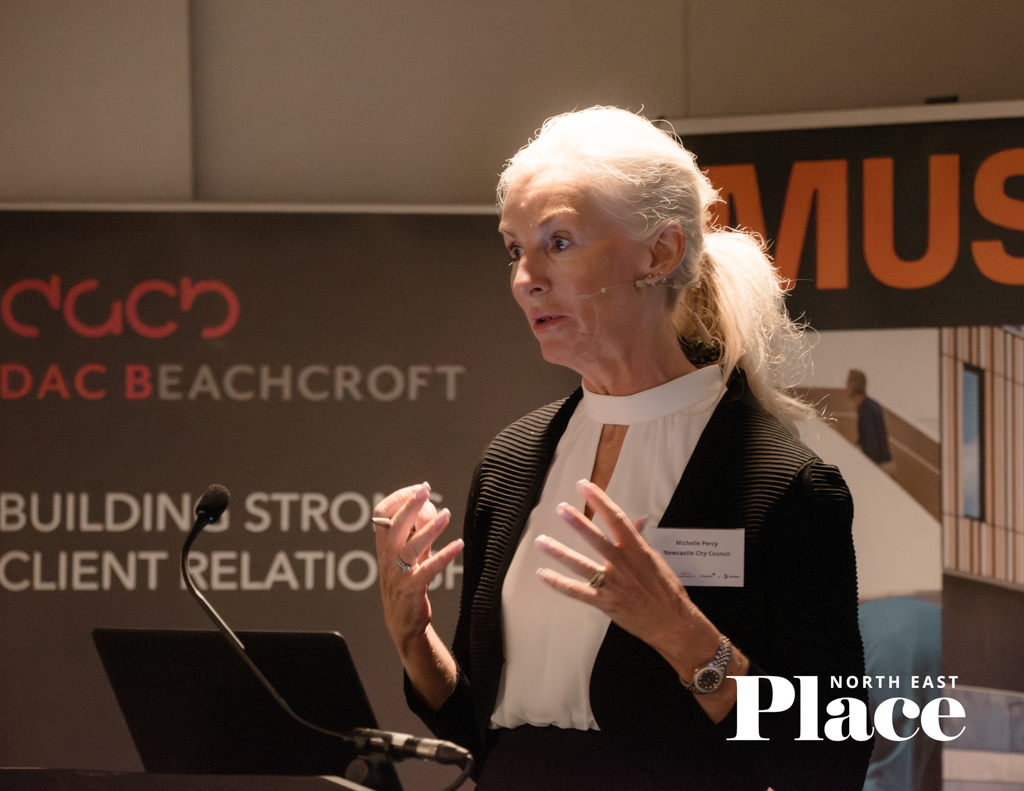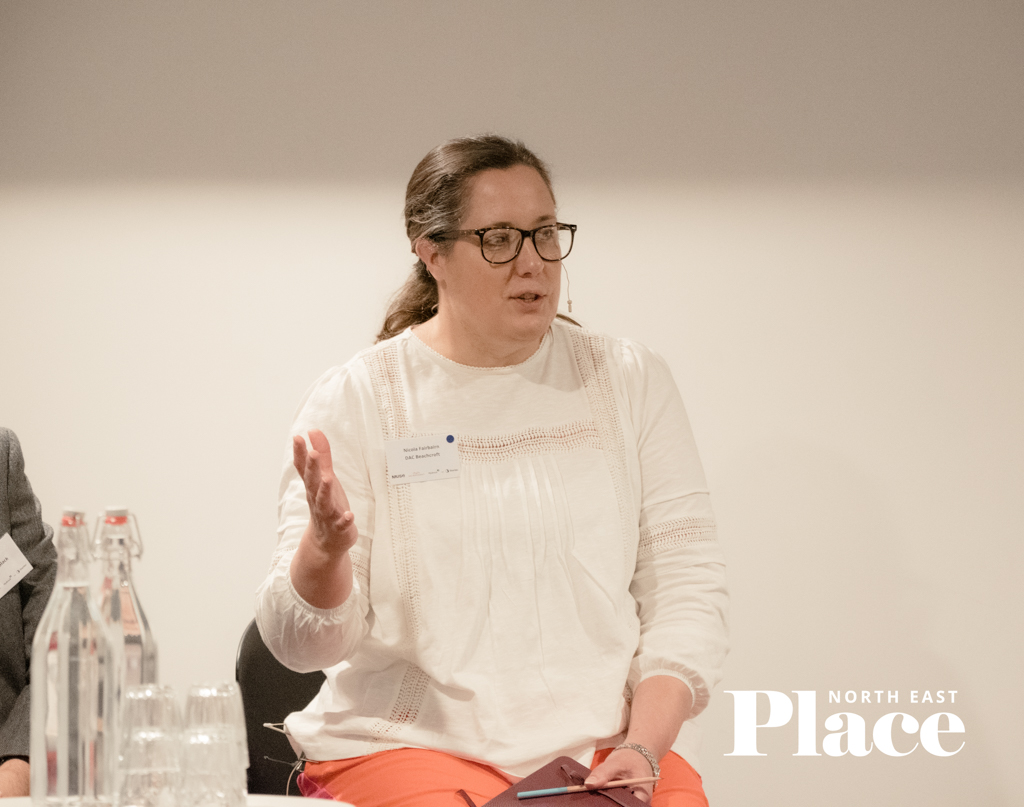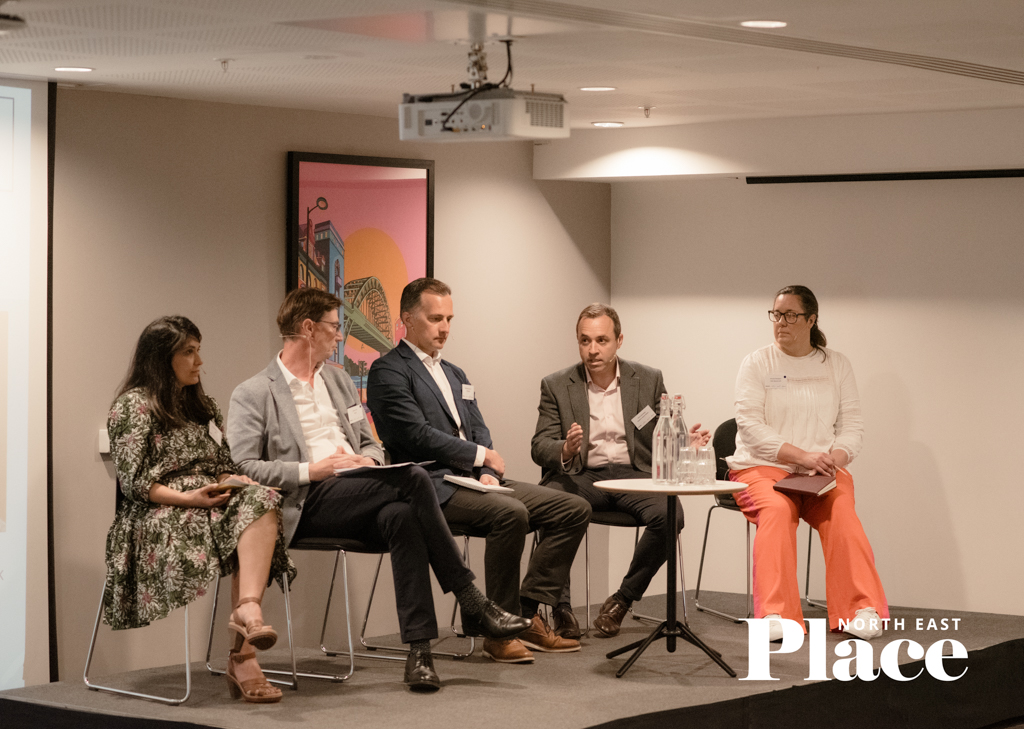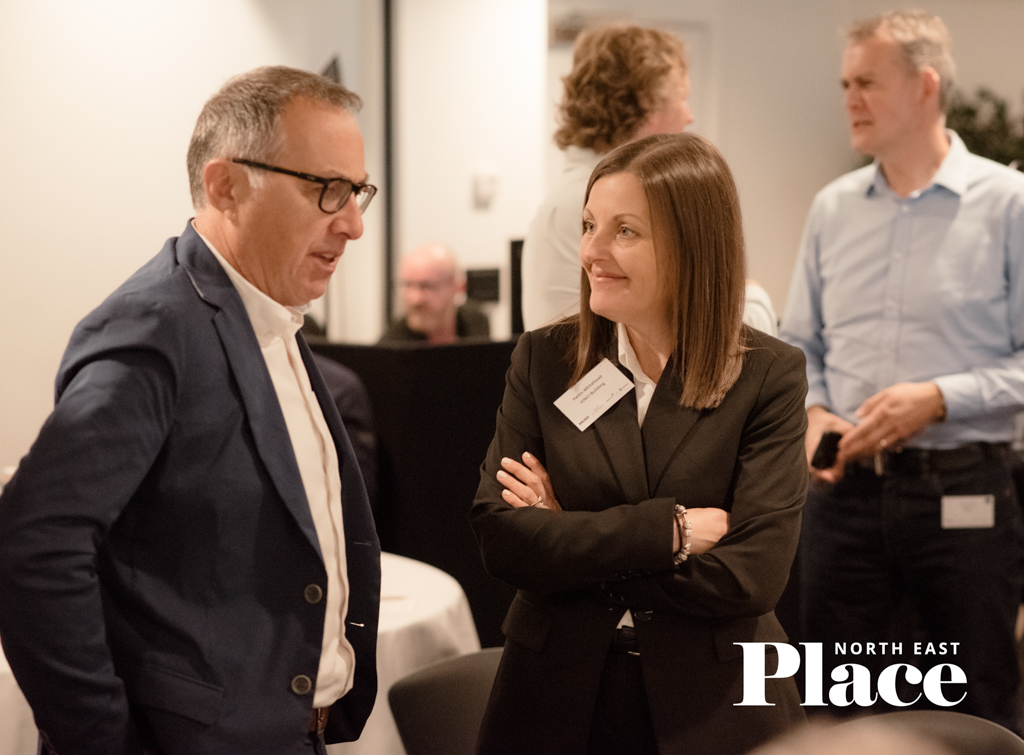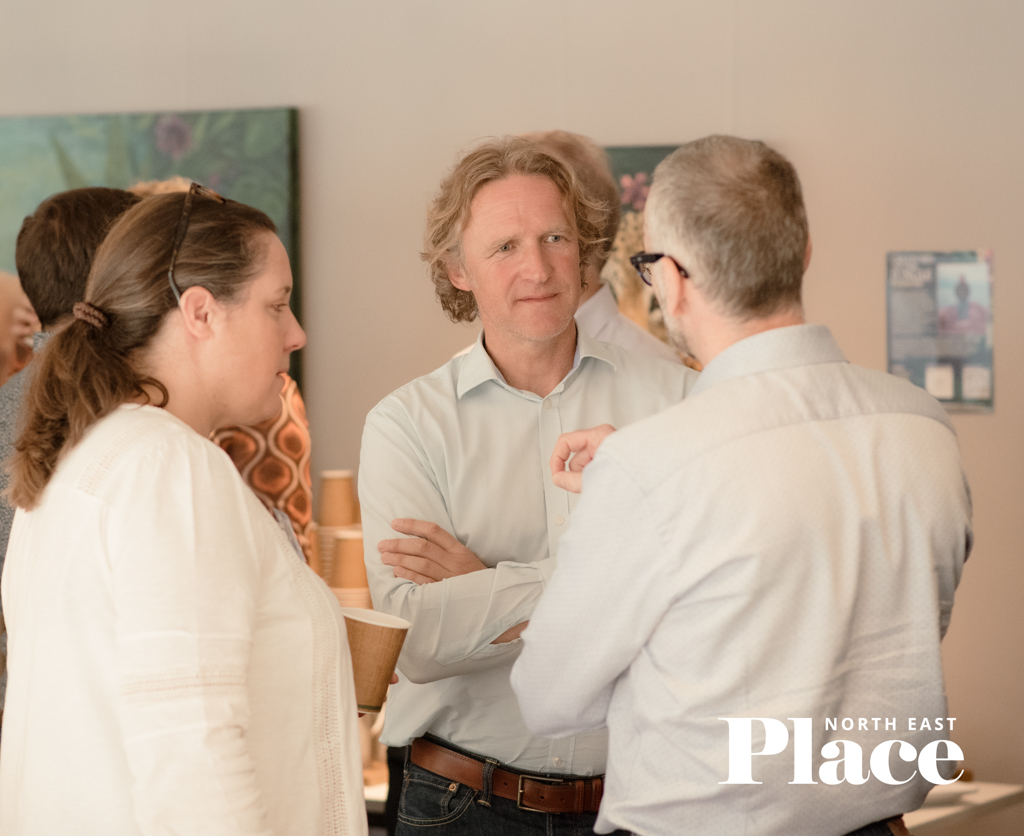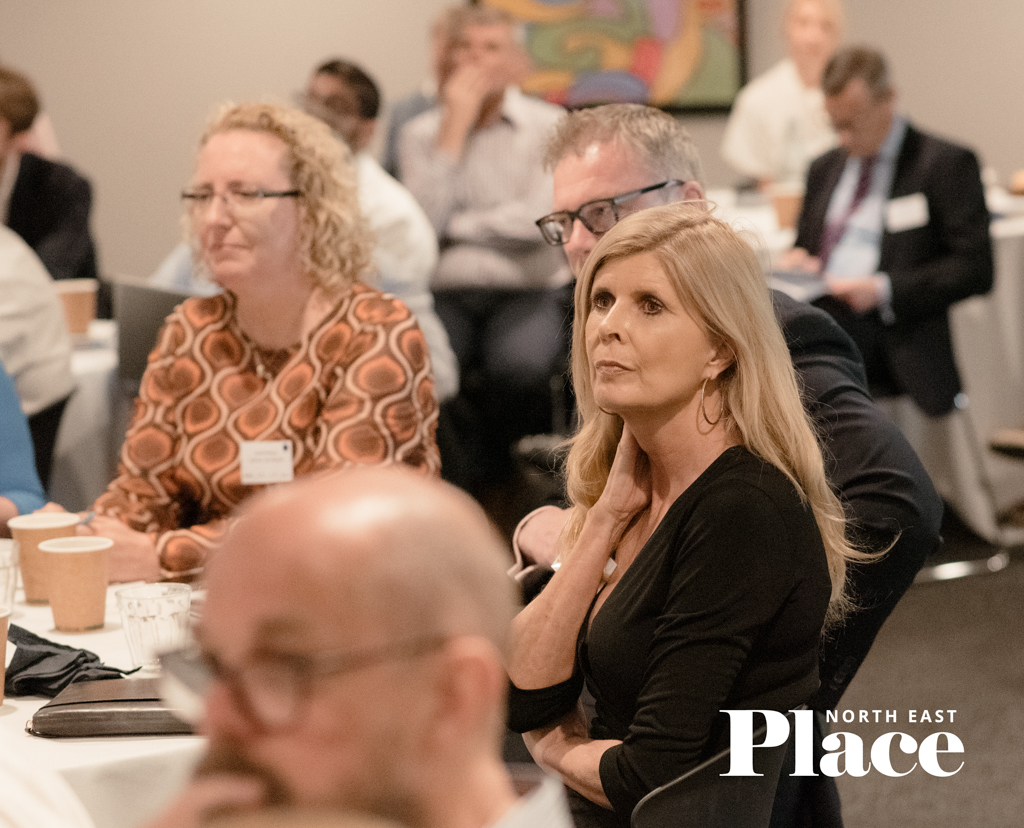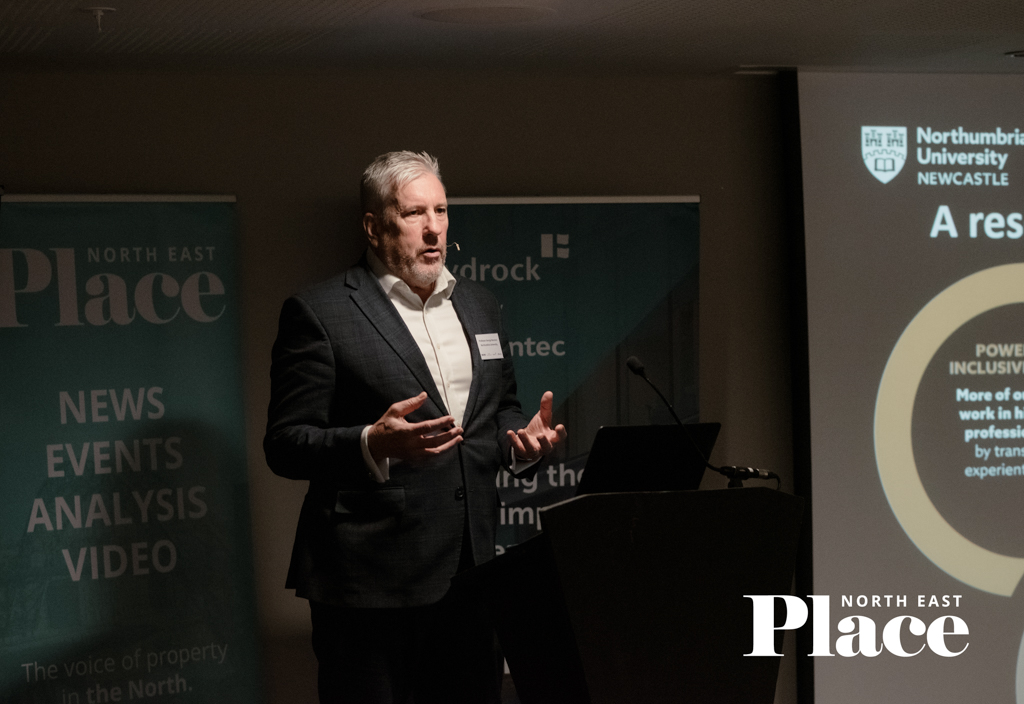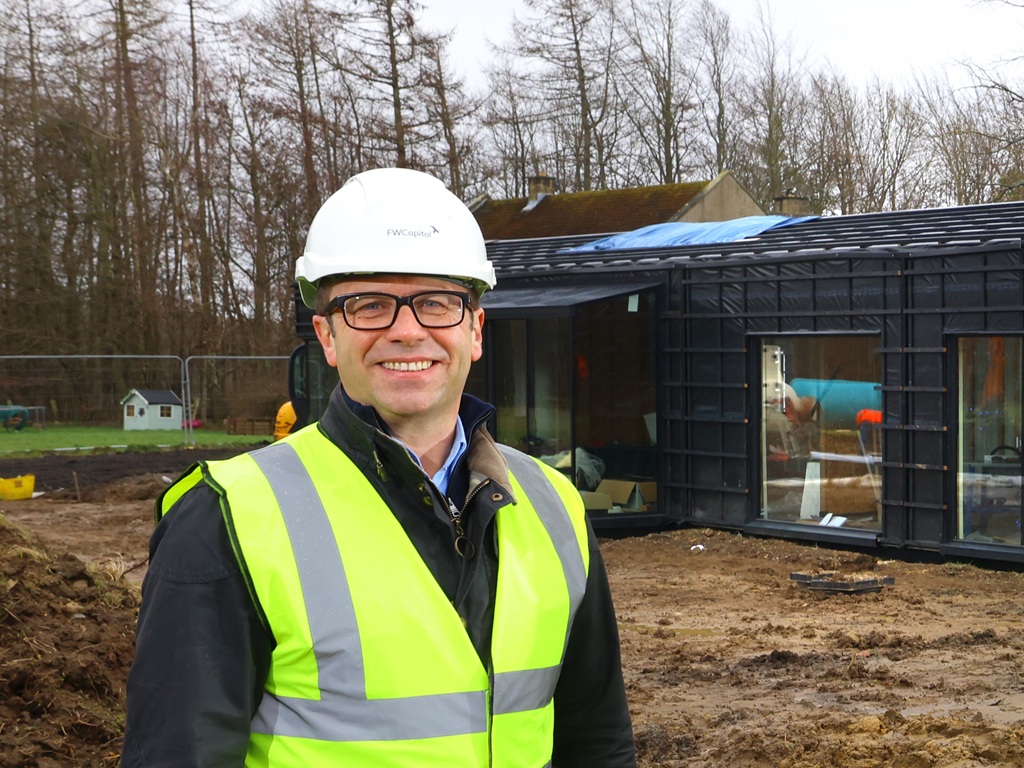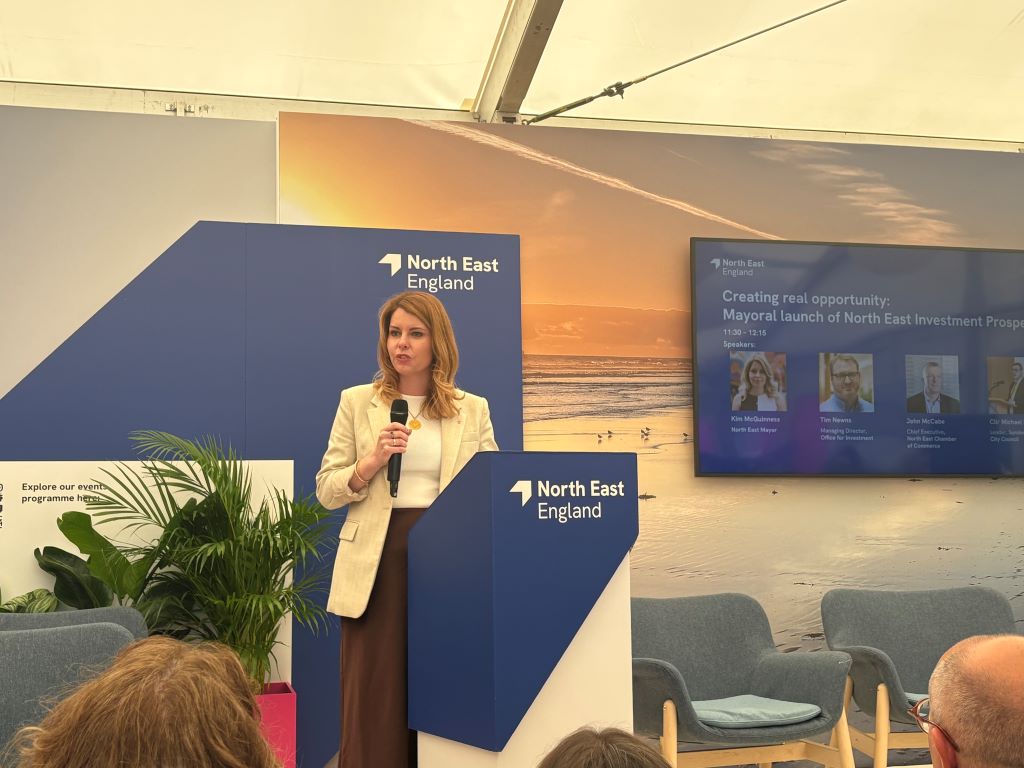Event Summary
North East Emerging Development Hotspots – Summary, slides and photos
At the inaugural North East Emerging Development Hotspots, speakers from across the region came together to discuss development projects underway and blossoming with potential for the future.
See gallery at bottom
The event was attended by more than 100 guests and sponsored by Muse, DAC Beachcroft and Hydrock, now Stantec.
 Speakers
Speakers
- Neil Guthrie, development director, Sunderland City Council – see presentation slides
- Michelle Percy, director of investment & growth, Newcastle City Council – see presentation slides
- Insiyah Khushnood, senior development manager, igloo
- Nicola Fairbairn, partner, DAC Beachcroft
- James Pitt, managing director, Yorkshire & North East , Muse
- Michael Hepburn, senior director, Lichfields
- Chris Donabie, partner, investment, Naylors Gavin Black
- Amy Harhoff, corporate director, regeneration economy & growth, Durham County Council – see presentation slides
- Richard Horniman, director of regeneration, Middlesbrough Council – see presentation slides
- Prof George Marston, pro-vice chancellor, strategic projects, Northumbria University – see presentation slides
- Chaired by Neil Tague, senior reporter, Place North
Topics covered
Sunderland
Although admitting that Sunderland “still has a long way to go,” plans presented by Neil Guthrie, development director of Sunderland City Council, demonstrate that the ambition of a “well connected international city with opportunities for all” is well on its way to being realised.
Various projects promise to bring new homes into the city. The Riverside Sunderland development will bring 1,000 sustainable homes and 1m sq ft of office space while also offering residents views of the River Wear and green public spaces. The project has seen investments totalling around £600m, a combination of Sunderland’s own capital and private sector investment from both regional and local investors.
Similarly, the Sheepfolds neighbourhood will provide 600 homes serviced by community infrastructure, with an emphasis on reinvestment into local jobs and independent high street traders. Sunderland City Council is about to launch procurement for a master developer to take forward the project.
Accommodation for students was also highlighted as a key issue. The Sunniside development aims to plug a supply shortage that is characterised by a “huge dearth of good quality en-suite accommodation.”
Guthrie was clear that students are essential to the local economy, and the new student leisure village would encourage students to live and work in Sunderland. A 75-unit residential scheme, Nile + Villiers by TOWN, will give graduates more options in Sunderland’s city centre.
Crown Works Studios, a £450m film studio facilitated by £120m investment from North East Mayoral Combined Authority – will diversify the local economy, adding around 1,000 jobs, delivering roughly £330m of gross-value-added to the local economy.
The manufacturing sector will be boosted by the first major investment into battery technology in the UK, £450m has gone into the Gigafactory, which sits next to the Nissan plant, adding around 750 jobs locally – and an estimated 4,500 new jobs by 2030. Nissan has committed a £2bn investment into the EV360 hub, transforming Sunderland into a flagship EV hub. The sites will be supported by a 100% renewable energy micro-grid, providing sustainable power to the regions manufacturing sector.

Newcastle
Michelle Percy, director of investment and growth at Newcastle City Council, set out priorities for the city, taking a “holistic approach to development, talking to as many developers and investors as possible.” Her focus was on the need to attract private investment while achieving net zero targets. Improving wellbeing for local residents and an inclusive economy were also heavily trailed. Percy admitted barriers to development do exist but were by no means insurmountable.
The Forth Yards development on the river Tyne is “an exciting opportunity to deliver a new gateway entrance to the city.” The 21-hectare site south-west of the city is reserved for 2,500 homes and further mixed-use development. The potential of an estimated £750m in gross development value could be realised but only with public-private sector collaboration and well-led urban planning. Founder’s Place, an 80-home site will transform Newcastle’s historic Stephenson Quarter into a mix of newbuilds and repurposed heritage buildings.
Further sites such as the Newcastle Helix and the Health and Innovation Neighbourhood will springboard the city’s contribution to data science, urban science and life sciences, which hopes to be a fruitful market for the region. Collaboration with Newcastle and Northumbria Universities will leverage expertise and encourage students to commit longer term to the city and its economy.

Growth panel
The panel debate began with questions directed at Insiyah Khushood, senior development manager at regeneration developer igloo, who was asked specifically about the Founder’s Place development situated just south of Newcastle’s Central Station. Founder’s Place will retain its personality with original historic features and presents a “great opportunity to create a mixed use quarter,” that “essentially follows the principle of a 15-minute city,” with 160,000 sq ft of high-quality, new-build office space and around 80 carbon-neutral homes.
James Pitt, managing director, Yorkshire and North-East at Muse was asked about the developer’s Stockton scheme, which “typifies how a place can change people’s lives, for the better.” The community Muse created has delivered almost 500 homes, including 113 homes for the Thirteen Housing Association, along with the Hampton by Hilton Hotel. This has helped employ local people as well as providing apprenticeships for young workers.
Nicola Fairbairn, partner at DAC Beachcroft, was asked about the most prominent emerging schemes in Newcastle and cited the Pilgrim Street development “which gives so many opportunities, bringing a vibrancy and desire to be back in the city centre.” Nicola also praised the Health Innovation Neighbourhood believing it will “really energise the city’s western end.”
Newcastle Airport has been receiving advice from property consultants Naylors Gavin Black – with a plan to put £2bn into the regional economy by 2035, using 58 acres next to the runway identified as prime land for air freight logistics. The air freight offering will combine with sectors such as life sciences and pharmaceuticals, providing a direct international route out of the North East and a reliable inflow of raw materials. The aim is to hit markets quicker and more directly, improving both the region’s output and efficiency.
When the panellists were asked what issues needed to be overcome for the region, most agreed that after the devolution deal came into effect in May, the issues of political uncertainty and funding coherence have improved, with greater independence and local input. The desire for greater private investment was critical as well as a clearer alignment of funding streams. Challenges mainly centred on viability gaps, as well as repercussions from inflation – 30% rise in building costs 18 months ago – and the fallout of the Truss Mini-Budget.
There was widespread praise for the potential of combined authorities to provide a stable political background, and Labour’s local growth plans should provide the basis for longer-term planning. Though with the looming election there is some uncertainty about the actions of a new government. According to DAC Beachcroft’s Nicola Fairbairn, seeing the positives, combined authorities will “allow us to sing with one voice, be more joined up and allow us look at what we actually need to deliver as a holistic region.”

Durham
Amy Harhoff, corporate director of regeneration, economy and growth at Durham County Council, emphasised Durham was at a “watershed moment,” and that the newly devolved NEMCA will be crucial for regional investment and growth, enhancing sectors of the future such as space, defence and semi-conductors. She said: “We would expect to see a future through devolution where there’s much more ability to come together, to cluster, in doing so to drive investment.” The aim is to deliver 1,500 new homes every year to Durham.
Durham and its surrounding areas boast 300 hectares of new land developed for business and industry such as NETPark in Sedgefield and the Durham Innovation District at Aykley Heads.
Middlesbrough
Richard Horniman, director of regeneration, Middlesbrough Council, said the latest vision for Middlesbrough will be released later this year. Middlesbrough has a “role as the commercial heart” of North East industrial activity, and boasts growing education and digital clusters. The focus is building around these sectors that already exist and acknowledging large scale employment will better suit neighbouring areas.
Boho X, a 60,000 sq ft headquarters for games maker Double Eleven is the centrepiece of the city’s high value digital cluster. Centre Square, 130,000 sq ft of office space, has already returned businesses into Middlesbrough from neighbouring towns, now home to companies such as Axa, which are generating higher business rates for the city.
Middlesbrough rail station is undergoing a £50m upgrade, and Captain Cook Square will see the conversion of 300,000 sq ft of retail space into leisure space and a multi-purpose destination for residents.
Horniman did not shy away from areas needing attention: a lack of a sufficient urban living offer and inefficient use of decaying retail space needs to be addressed while perceptions of safety and threat of anti-social behaviour remain “the biggest issue that drags the area down.” Horniman said: “We are doing really well for housing in the suburbs, but not in the town centre.”
Northumbria University
Prof George Marston, pro-vice chancellor of strategic projects, Northumbria University. The university is 23rd in the UK for research, with the biggest concentration of researchers outside of London. “We deliver £1.6bn in gross-value-added, what we do as a university is really important for the city and the region.” More Northumbria graduate students are put into the North East economy than by any other educational institution in the region. Research institutions will drive new skill development, innovation and social mobility.
The flagships of the area are the North East Space Skills and Technology Centre, which has been developed through an investment of £50m, partly from Lockheed Martin, the UK government and Northumbria University – aiming to drive research and development, city regeneration and “up-skilling and re-skilling.” CHASE – the Centre for Health and Social Equity – has a £120m investment focusing on “providing solutions for the NHS workforce,” based in nursing and social care.
Click image to launch gallery



